Glenn Saiger interview
Singer-songwriter Glenn Saiger self-released a very unique musical journey entitled Sanity Rests In The Ability To Fly. It was released in 1972. Feral Sounds Recordings recently reissued this lost artifact. It was analog mastered by Don Hunerberg with revised artwork and it includes an unreleased song and insert with lyrics.
“I was asked to perform at Andy Warhol’s New Year’s Eve party”
Where and when did you grow up? Was music a big part of your family life? Did the local music scene influence you or inspire you to play music?
Glenn Saiger: I grew up in Miami, Florida. My father was an industrial designer. He was self-made from a lower-class working family. Very talented, became world famous in his field. My mom wanted to be an actress and once made the cover of Look or Life Magazine, but never went further. They were friends with Andy Warhol and quite a few prominent TV and theater people. So, my childhood was full of contact with people of different creative talents and lifestyles.
My musical exposure as a child was Frank Sinatra and Broadway Show albums. Economically, it took my parents a number of years from living just above the edge to get to middle class, but that was very common those first 10 years after WWII. I remember my mom crying and showing me her savings account with $1.15 in it when I was about 9. She wanted me to know why she couldn’t buy a comic book for me when I was home sick from school. We were lucky and white in the 50’s in the USA. My dad was talented and they eventually made it.
“Hearing these guys [jazz greats] made me want to find a way to incorporate some of the instruments and jazz influences that I had never heard on any folk, pop or psychedelic albums.”
When did you begin playing music? What was your first instrument? Who were your major influences?
When I was 10, my parents bought a used Guild arch top model X220 acoustic/electric from a professional musician who played in the hotels and clubs on Miami Beach in 1959. He gave me lessons once a week. Don’t know how he played with his huge fingers and thumbs. He looked more like a mob enforcer than a musician. The guitar, which I still have, was serial number 1049, which should make it the 49th guitar made by Guild in 1953-54.
Moved to Dayton, Ohio with my family at 15 so my dad could be closer to the model shops to create his prototypes. This was as the Beatles and Rolling Stones burst onto the scene. Actually, saw the Stones on their first US tour and watched Mick Jagger ducking shoes that were being thrown at him from the booing crowd. I would stand in front of the TV and play along when the Beatles and Stones performed. That was pretty much the only music scene around, except for an R&B band, The Imperials, I hung out with a bit. I eventually, traded a Gibson Les Paul Professional with their guitar player to get the ’70 or ’72 Les Paul cherry sunburst Custom Deluxe I used on the album. The Gibson J50 jumbo I used a lot on the album I bought used in Nashville the day before I met my wife to be. She bought the Ovation acoustic/electric 12 string I used on the album as a present a year or so later. Both were stolen in a house burglary in 1995. My wife was determined that we track down the guitars. Our hunt of music stores and pawn shops led to the arrest of the suspect of murdering a 7-month pregnant school teacher and her husband during a home invasion in a crime that had been unsolved for years. He is still on death row in Florida.
In high school I listened to a lot of R&B then, as I got older, added many of the usual suspects of the time- CSNY, Joni Mitchell, Pink Floyd, Beatles, Stones, Hendrix, Santana, Joplin, Dylan, Tim Harden, Jackson Browne, Youngbloods, Mountain as well as jazz – Mahavishnu Orchestra, Miles, Benson, Mothers of Invention, Captain Beefheart, Olatunji’s Drums of Passion and, one of my very favorites, Dr. John. A varied palate. Not much of a top 40’s guy, but you know, there is good music everywhere.
Dayton, Ohio had a jazz club (Gilly’s) that attracted some of the greats of the day. I was able to hear and sometimes meet the likes of Bill Evans, Rahsaan Roland Kirk, Jeremy Steig, George Benson, Lou Rawls and more. I’m no jazz player, but the exposure was amazing. Hearing these guys made me want to find a way to incorporate some of the instruments and jazz influences that I had never heard on any folk, pop or psychedelic albums.
Were you in any bands? Any recordings?
Played in pick up bands and sat in with groups playing night clubs, country bars and coffee houses. Loved playing small town country bars where they had never heard a wah-wah peddle – “Can you play like a wailing cat one more time?”
One other recording of a few originals and covers from a live radio concert. From that recording, “When the Dolphins Come”, is included as a bonus track on the reissue.
What was the first song you ever composed?
Wrote the typical love songs in the mid-late 60’s. Did begin to use language in a fluid, yet out of sync way. By 1970 I started to write creatively. Tunes that I tried to give memorable rhythm and flow. I mean lyrics or choruses that people remembered. Songs I’d like to record like “Borneo”-
Like a three-legged dog left alone in the fog
and the pack wouldn’t slow
You’ve got to hobble on by with the spit in your eye
Don’t count your toes
and a love song including “Custer’s Last Stand” –
I’m shy, baby, ain’t that grand
I’d hold your hand at Custer’s Last Stand
Feed me mud pies, I’ll be your man
and put the shoreline into your sand
Did you play any gigs? What sort of venues did you play? Where were they located?
Aside from the bars and clubs I mentioned before I did play some gigs. I played an amphitheater at Purdue University as well as local coffee houses, The Flick at University of Miami, a couple of clubs and restaurants in the Florida Keys where I ended up living for 40+ years. My largest event was a big festival at the University of Connecticut in Storrs where I got to leadoff for some big bands – The Mark-Almond Band from the UK and the Chambers Brothers. I think I was the fourth act or so. It was early evening with thousands of people laid out on blankets and all that open-air concert vibe.
But my favorite is probably when I played Milford College in New York where Timothy Leary and his cohorts performed some of his now famous acid tests. Milford is called the place “where the Psychedelic 60’s took off.”
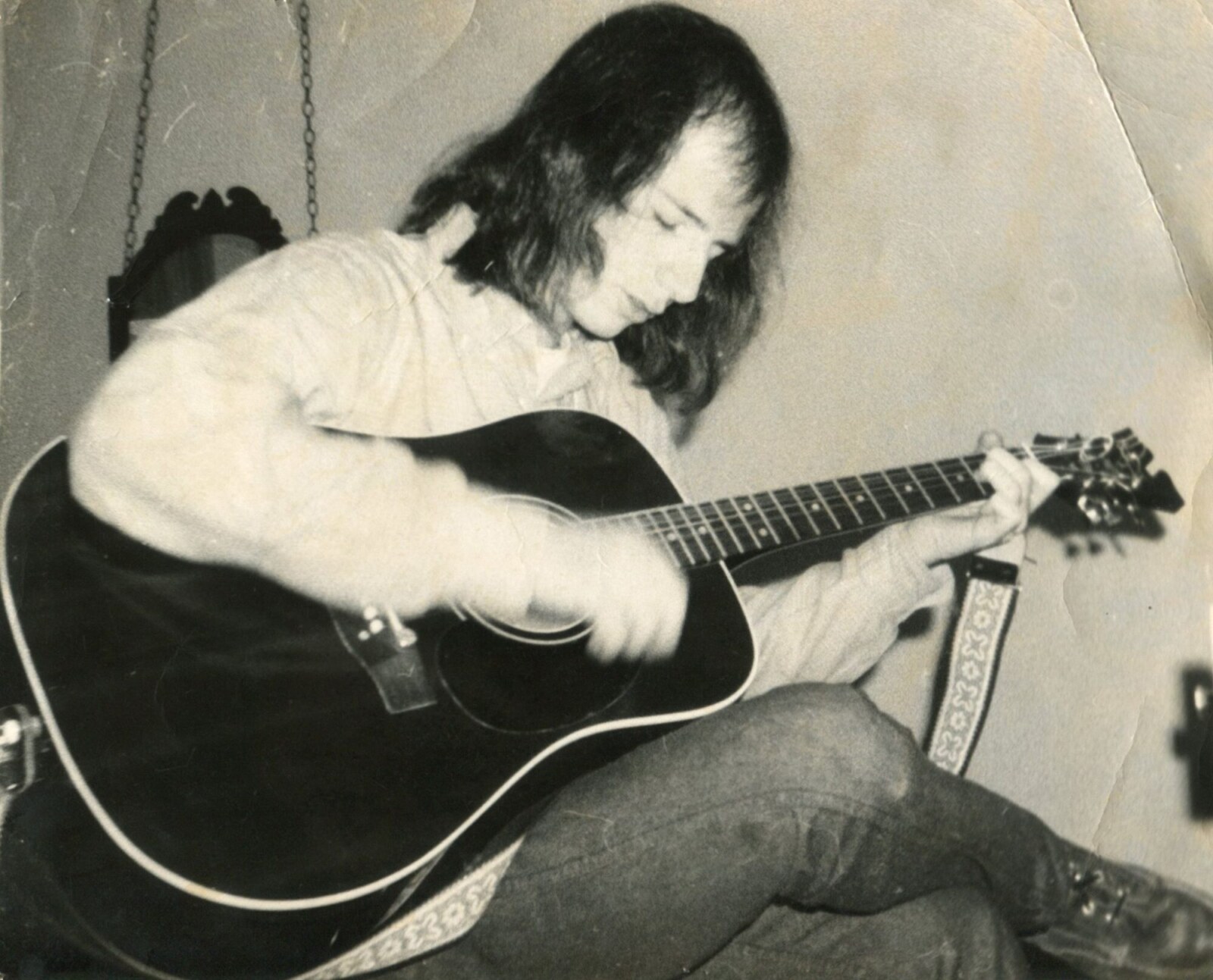
One of Leary’s cohorts jumped out of a second story window in what was described as “slow motion” thinking he could fly while tripping on LSD. He broke his arm.
Never thought about it before, but maybe that’s a subconscious influence on the album’s title.
Well, I was the lead off act for Stephen Stills, but he never showed. So, I played first and it went really well. Then they replaced Stills with a hypnotist who was supposed to hypnotize the whole audience. You can’t make this shit up! I did end up doing my own experiment there that night.
“I’m intrigued with experimentation with language.”
What influenced your songwriting?
I’m intrigued with experimentation with language. Read William Burroughs, Brautigan and concrete poetry. I self-published a small book in which the first half consisted short (Flash?) poems, and a story or two and the second half was an experimental attempt to write the pieces and then throw finger darts at them and italicize whatever words I hit. The object was to create pieces that could be reread using the italicized words only, hopefully, stretching your mind to connect this semi-random result into a different story where the reader’s mind creates the flow and context. The book was titled “The Eternal Silence Jingle.”
What’s the story behind your debut album Infinite Companions – Sanity Rests In The Ability To Fly? Where did you record it? What kind of equipment did you use and who was the producer? How many hours did you spend in the studio?
In late 1971 my friends Don Hunerberg and Tom Light, bought an Ampex PR-10 Half Track, a Sony TC-252 Sound on Sound Four Track and Electro-Voice Mics to start a remote studio business starting with recording high school bands to have records pressed for them. They asked me to record one of my songs on guitar for their demo purposes. The results were satisfactory so it was suggested that we record enough songs for an entire album which would be pressed into vinyl, which I would then have all rights to.
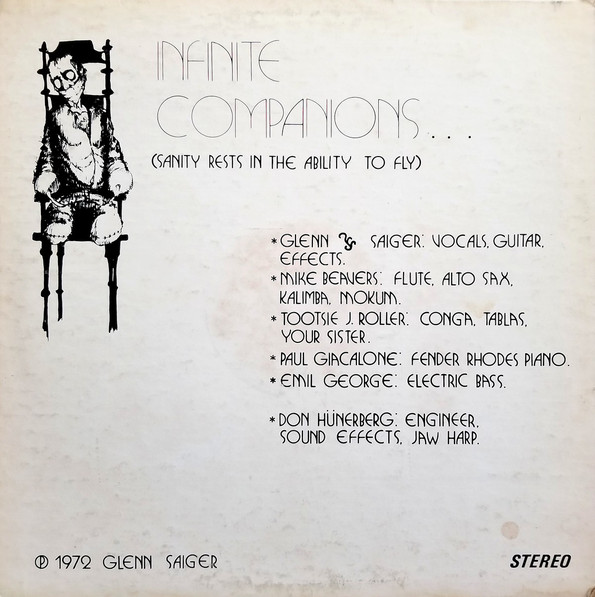
For the Album recording, I gathered together a group of musicians. Mike Beavers was a close friend and professional sax and flute player. He brought in Paul Giacaloni, a fabulous pianist and Emil George, who had been playing Bass with the Roy Meriwether Trio. Tootsie Roller was a percussionist who Mike brought in. He played with different groups and was up for anything! Don assumed engineering and production for the project.
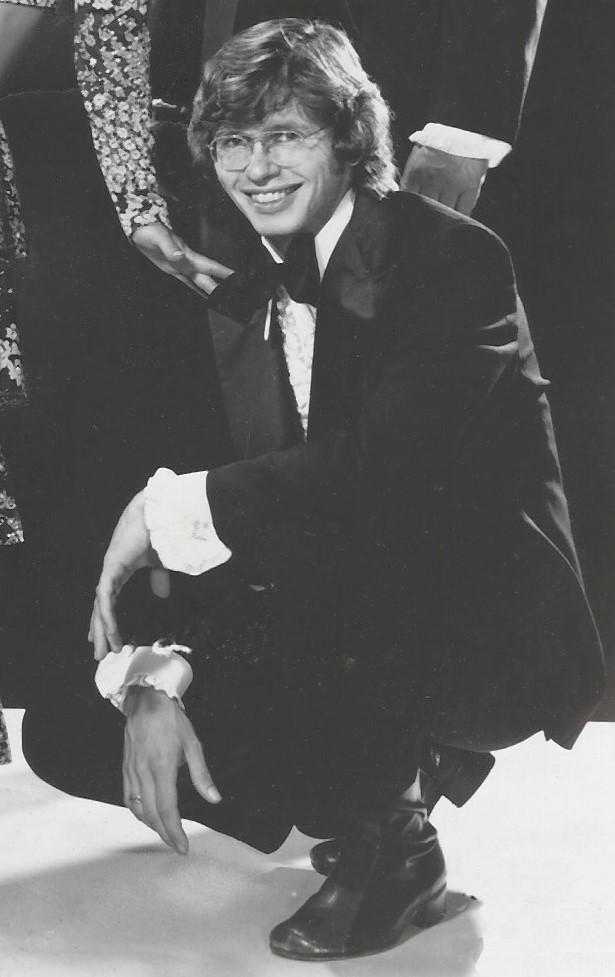
Don went on to work as an engineer at Plaza Sound Recording Studios in Radio City Music Hall NY from 1976-1980. He was the Engineer and Manager eventually becoming a freelance Producer / Engineer using the studio exclusively for his clients. His clients over his career included the Ramones, Blondie, Kiss, Rupert Holmes, John Cage, NBC / Macy’s Thanksgiving Day Parade, John Zorn, Sonic Youth, Liquid Liquid, Glenn Branca, John Cale, and Alvin Lucier. In 1981 Don released an EP with collaborator Andy Blinx, titled Intense Molecular Activity. He began his career with Infinite Companions.
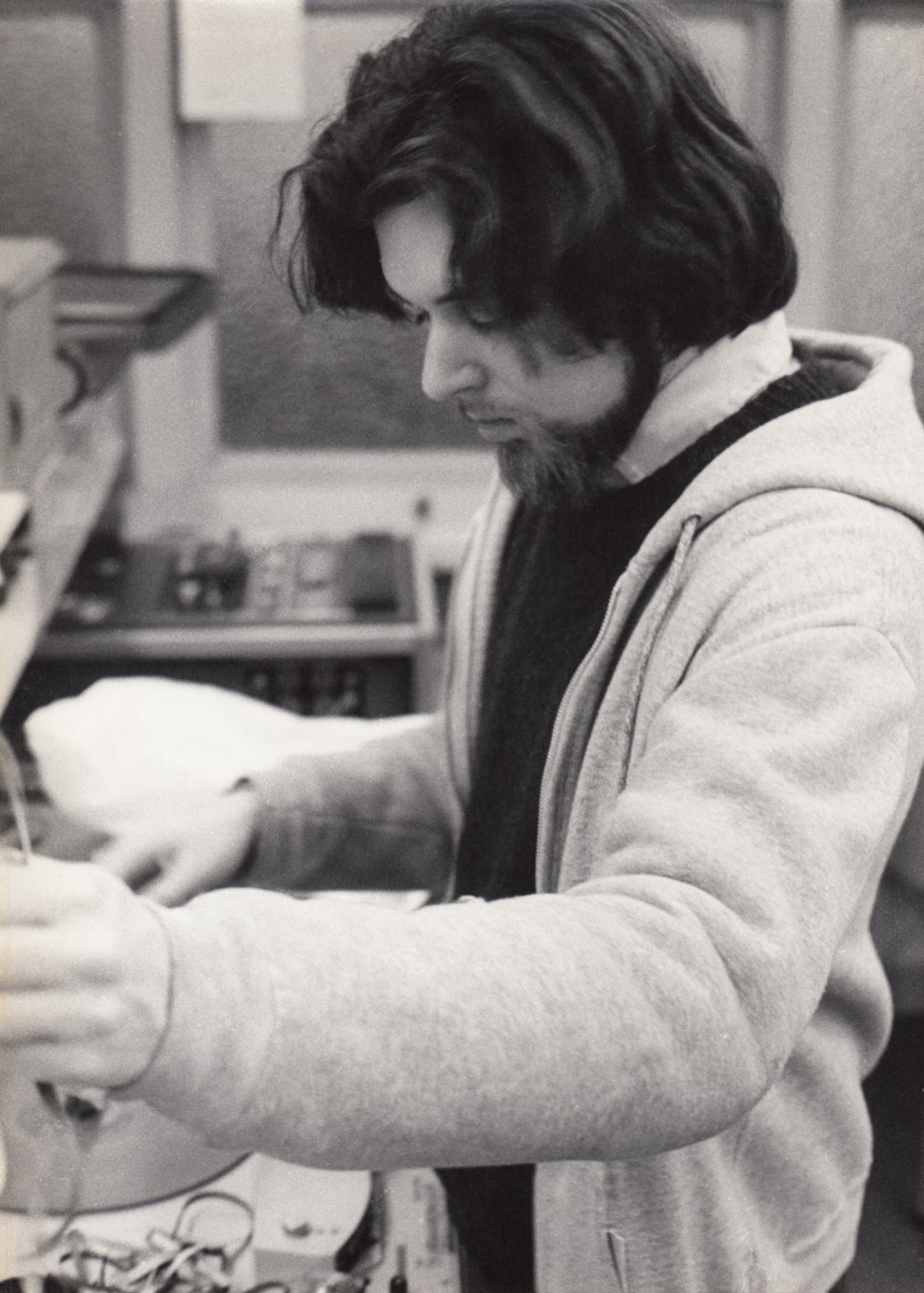
Please share your recollections of the sessions. What were the influences and inspirations for the songs recorded? Would you share your insight on the albums’ tracks?
Since the guys had club gigs, the album was recorded between 11pm and 3am. Don set up the studio nightly in a living room that had decent acoustics. The late-night sessions went on over a period of about 4+ days.
The intro was to set the vibe – spacy, anything can happen.
It was purposely followed by a song, “Out for You” starting with a more traditional instrumentation, knowing that the light, airy flute with the descending jazzy guitar background would fit in an unexpected new direction. The reviews have called the vocals on this track “dreamy,” so I feel like we hit that comfy fireplace feeling we were looking for.
“Out for You” was really about someone you feel is out there for you, but have yet to meet. It’s a song about belief in the unknown, destiny, whatever you wish to call it. For me that was Jinny, who I had seen and briefly met. Couldn’t get her out of my mind but thought there was little chance I would see her again, let alone spend my life with her.
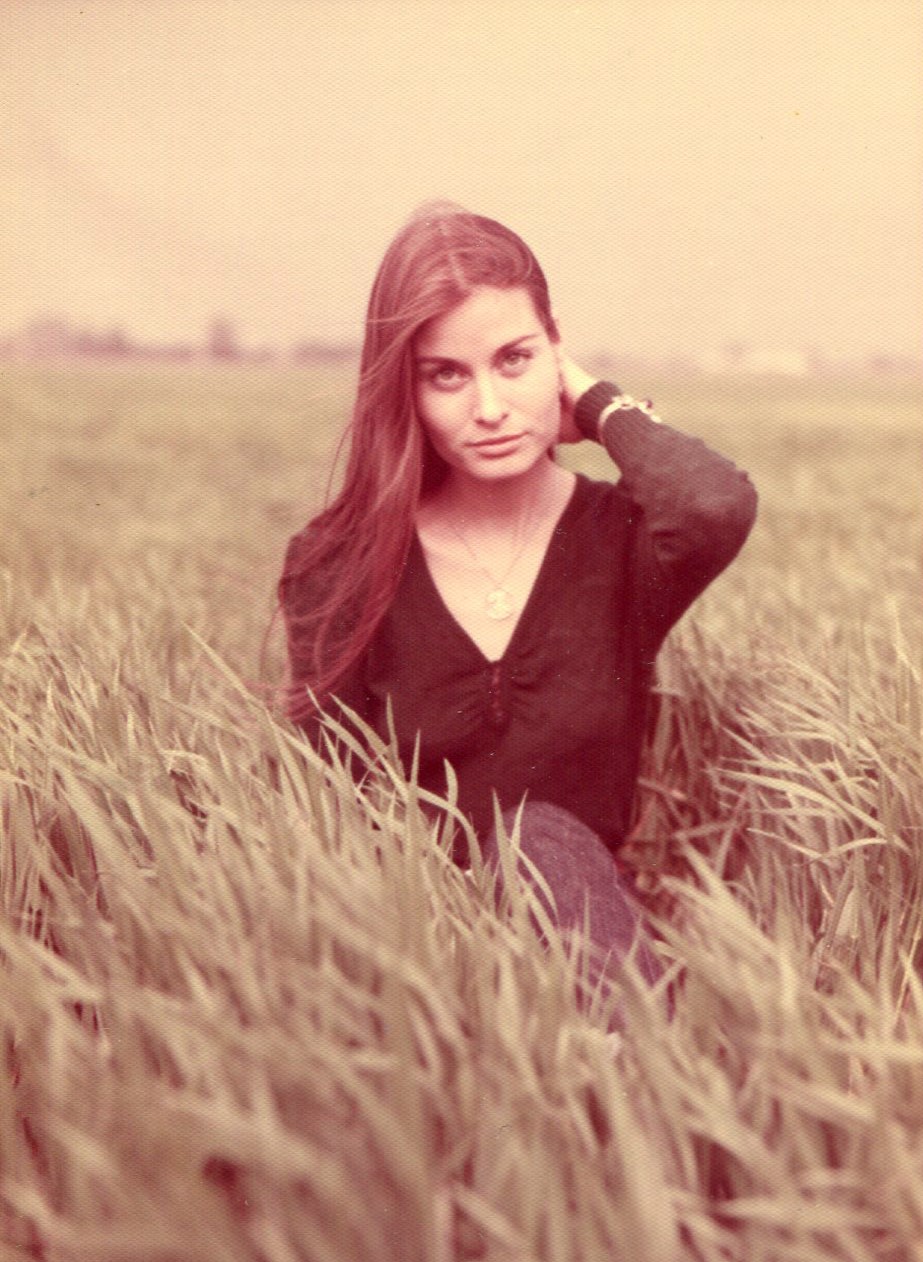
We experimented with a number of effects on the album. For example, “Julie”, an acoustic song, had not only overdubbed guitars, but also doubled vocals which we had no idea was being used in studio recordings. The juxtaposition of jazz sax and the dreamy simplicity of the overdubbed vocals and guitars make for a whole new sound collage. Don achieved the overdubbing by using a second tape machine and “bouncing” the recordings from one machine to the other. Julie was a personal song about a lady I had spent about a year with.
“‘Dark Side of the Moon’ was a combination of trippy, jazzy, and putting together ideas that force the listener to make it work in their head. Interestingly, it came out about 7 months before Pink Floyd released their ‘Dark Side of the Moon’ album.”
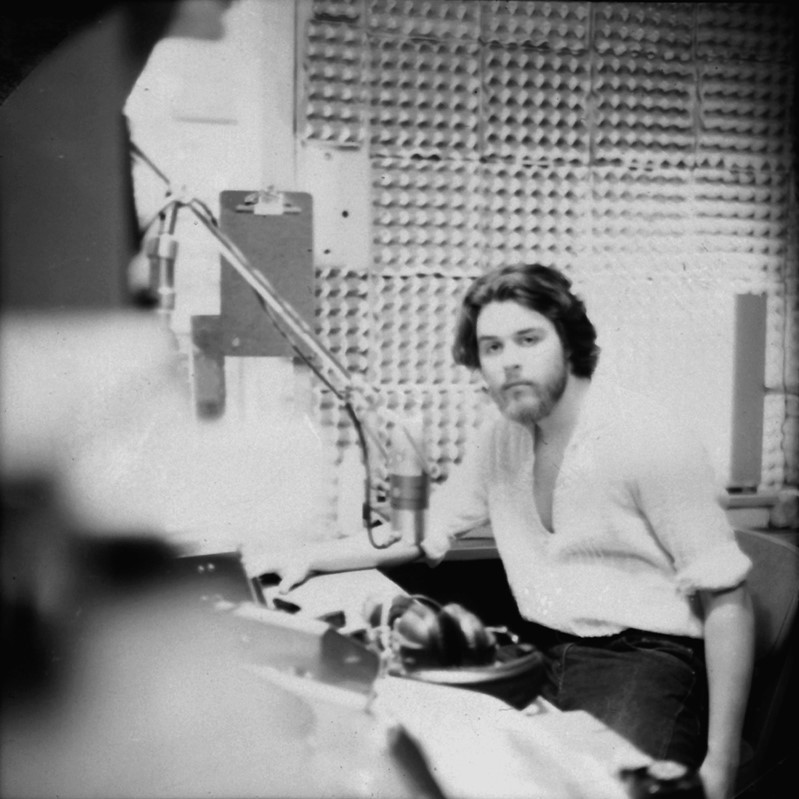
“Dark Side of the Moon” was a combination of trippy, jazzy, and putting together ideas that force the listener to make it work in their head. Interestingly, it came out about 7 months before Pink Floyd released their Dark Side of the Moon album. I love the coincidence. I sent them a copy which they probably never saw. One of my California contacts asked me if I wanted to sue Pink Floyd! I replied “Are you kidding me? They had much more influence on me than I ever had on them. I doubt the ever even had a whiff of my work and they are heroes to me.” When you hear “Epic” you’ll really feel the Pink Floyd influence.
“I Can’t Come” is one of my absolute favorites on the album. A love song about not having an orgasm…that pretty much insures you’ll get no commercial airplay. Especially in 1972. Paul’s electric piano is phenomenal. The chorus is just memorable, if you have the guts to sing along out loud. The party atmosphere it evolves (maybe devolves) into was a blast to do. I have a friend who works with the Miami Dolphins organization (an American NFL football team). He heard about the album and gave me a very nice call to let me know he liked it. I asked “So is ‘I Can’t Come’ stuck in your head?”. His response was “God Damn you!”.
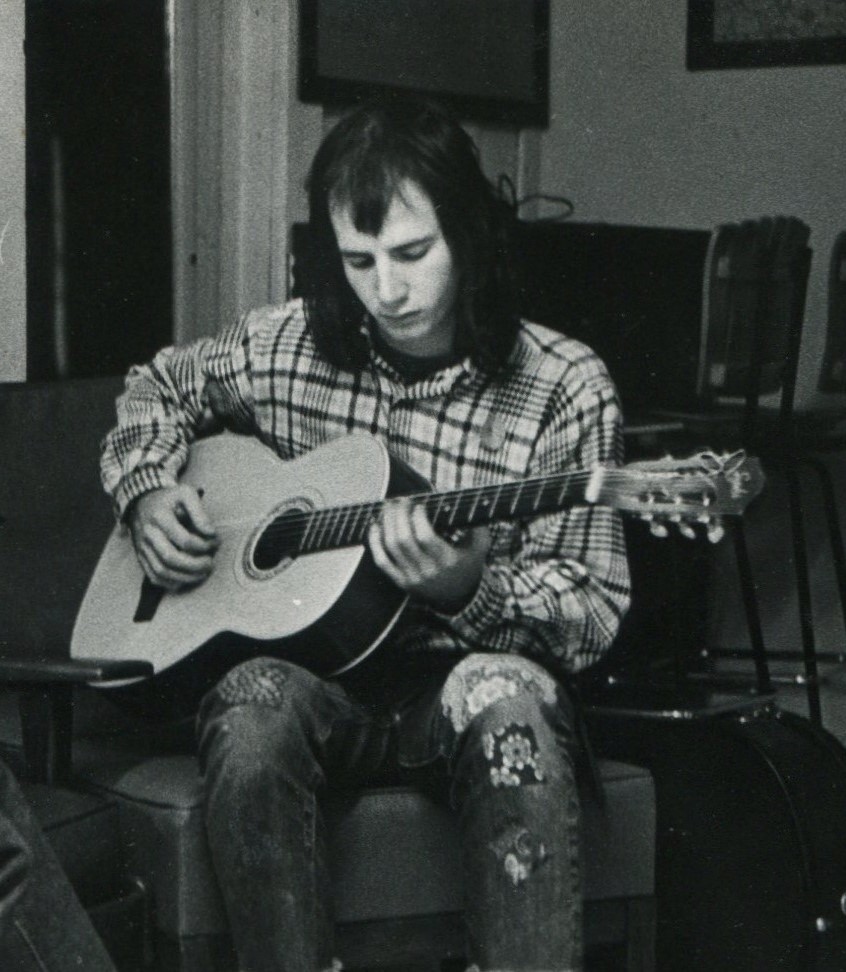
The high end was cut down considerably on the original album. It is one of the best fixes on the remaster. It makes it much easier to hear the comments in the party-like ending.
“What It’s Like to Be a Tongue (Darkness at 98.6)” is a poem from “Eternal Silence Jingle” put to music. Beavers played the kalimba, an African thumb piano from Zimbabwe, and Don played the jaw harp. We thought they were the perfect combo for the background and short solo. The combination just makes you smile. We used them for the outro, too. Interestingly, when Don was doing the sound production for the Macy’s Thanksgiving Day Parade many years later, Tommy Tune, the Broadway singer, actor, etc. needed a jaw harp in his number. He asked if anyone knew how to play one. Don volunteered and played the jaw harp in the Macy’s Thanksgiving Day Parade. Ha! You go, Don.
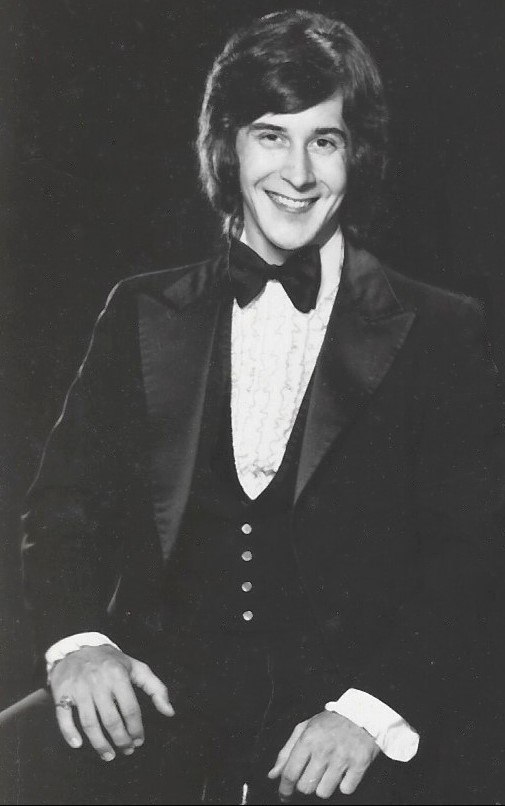
Since “Mailbox Song /Apricot Lady” both had a crossover, jazzy/folk-psych feel, we decided to put them together and move the solo back to the middle of the second song. Emil had a terrific energized solo making the bass sound like a lead guitar at times. Tootsie comes in on percussion and then Beavers does a great job on flute changing the pace a couple of times. Their solos coming between the trippy lyrics just make the song for me. It’s a bit of a genre stretcher.
“Right on Time” is almost a sci-fi country tune. Always wanted to send it to Willie Nelson. I think a Willie version would really work. Slow it down a little.
“Epic” had numerous musical “one off’s”. At one point, Beavers played a sax into a device that put the sound through a bowl of water with a microphone at the surface. The result was that bubbly deep sax solo which erupted to the surface in tune. Would love to do the song with drums and a synthesizer to really build that wall of sound, especially at the end.
The initial effects put you in a deep inner-space place before the first verse gently slides you into your unconscious to set up what’s to come.
The second effect sequence creates that scary, foreboding alligator attack sequence.
The third effects section glimpses at a hopeful feeling but is uncomfortable as it leads into the verses that give you a little more in control in this eerie place in your head.
The fourth effect is the wake-up section. It gets you to the place where you wake up from the “dream” with you having the chance to “help the hand along the highway”.
The outro is hopeful and bold, slowing down back to your inner space and maybe a memory of the album’s intro. Infinite companions, yeah?
The intro and outro were excerpts from sound collages Don was experimenting with at the time.
Were you inspired by psychoactive substances like LSD at the time of writing the album?
Immersed in the late 60’s and early 70’s, although I was not necessarily actively under the influence at the time of song writing, my thought processes had to have been affected by previous experiences. To be honest, I just don’t remember. What does that tell you?
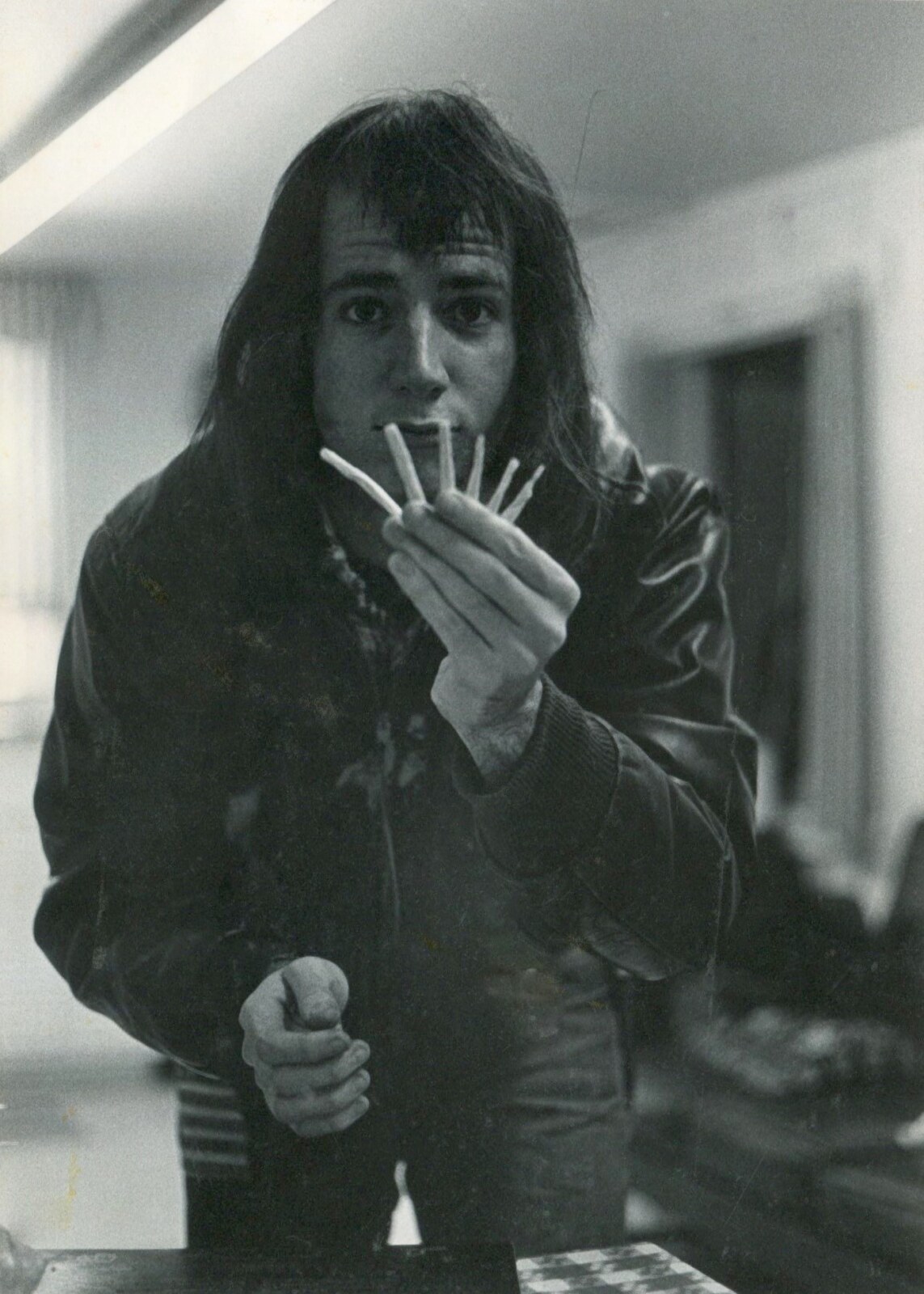
Was there a certain concept behind the album?
Just to put together an assortment of songs with vastly different sound landscapes. Be true to each piece individually and try to bend the ear to make it flow. To be able to move between the sound images. That’s why the intro with the echoed sax, bells, etc., was purposely composed. Like an appetizer. We put a lot of effort into song transition. We even put “Apricot Lady” and “Mailbox Song” together without a break.
The album was self-released. What was the process? How many copies did you press? How did you distribute the albums?
After Don did the post production, I took the tapes to Rite Records in Cincinnati, Ohio. They had been around since 1950. The owner told me they were doing predominantly R&B at the time. They had a few labels and a studio in addition to the pressing facilities. I remember being shown a room that had a phenomenal number of automotive type batteries hooked up in it to power everything with clean electricity. I believe they pressed 250 albums. I took them around to local record stores in a few states as I traveled and gave them to friends. I never did take them around to sell when I was performing. In the mid 70’s a small flood in the building they were being stored in destroyed the covers and inserts on a few dozen copies.
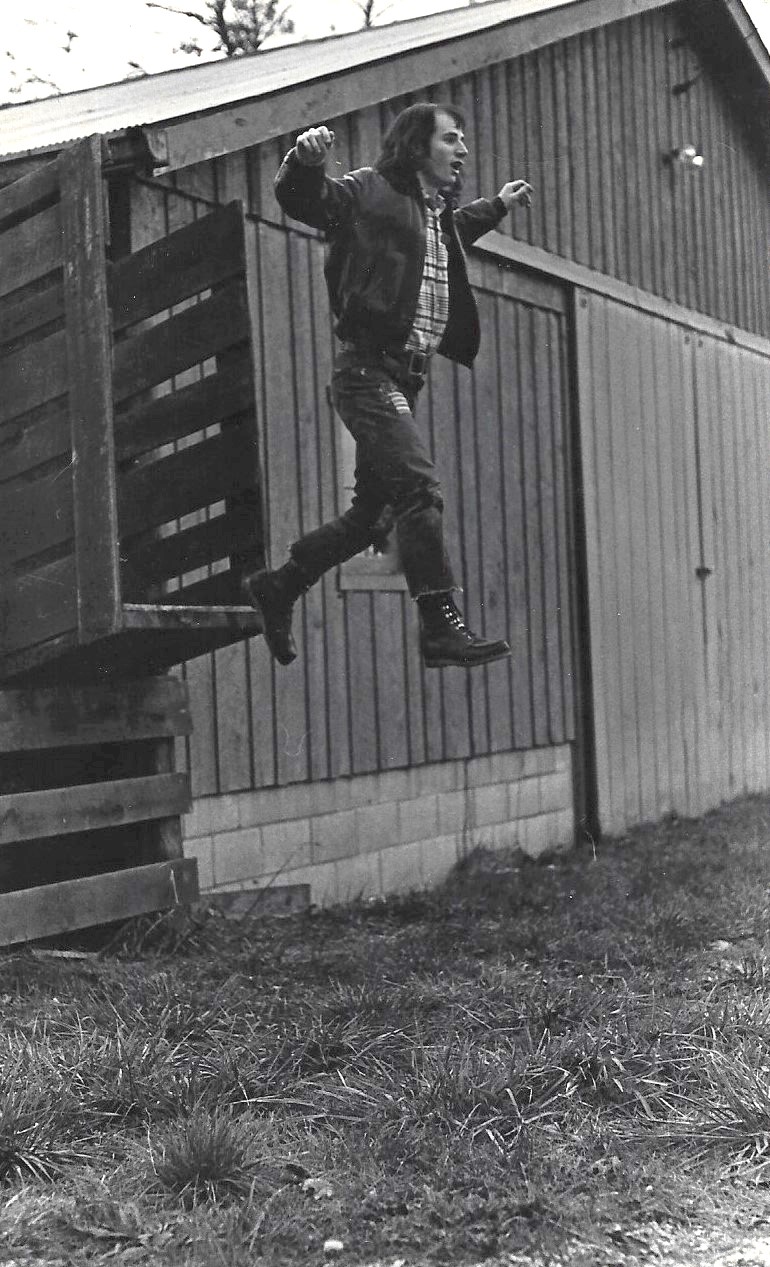
What happened next?
I had met a hobo who taught me how to cut coins and I was travelling all over the eastern US doing professional Arts and Crafts shows. I would play at coffee houses and events along the way. I saw the most beautiful girl in Atlanta at a show. Jinny was a professional craftsman and a painter on the same “circuit”. We met the next week in Nashville, where I bought the used Gibson J50 jumbo I played on the album. It had a great big body, terrific bottom end and a narrow neck. I played that night for a number of folks on the tailgate of my truck in the huge parking lot outside where our show was being held. I did a song I’d love to record called “One of Your Bones.” I’ve performed that song at concerts on acoustic guitar with a wah-wah pedal. A voodoo vibe. Over that summer and fall we did the album. I didn’t know it, but that song changed Jinny’s heart.
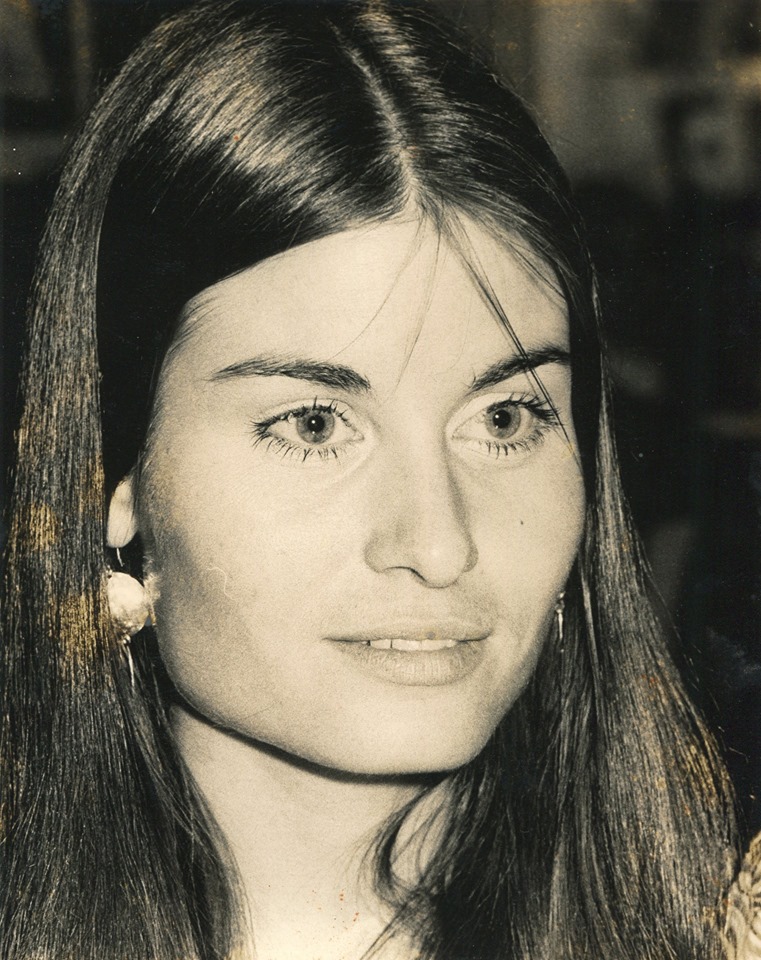
On a tour of the northeast six months later in the fall, I ended up staying with Jinny and her family for six weeks. During that time she took me to a party of New York and Connecticut artists and I performed there. One of the songs I played had a science fiction feel. The song, “When the Dolphins Come,” is the bonus cut on the reissue of the original album. As a result, I was asked to perform at Andy Warhol’s New Year’s Eve party and on WBAI in New York.
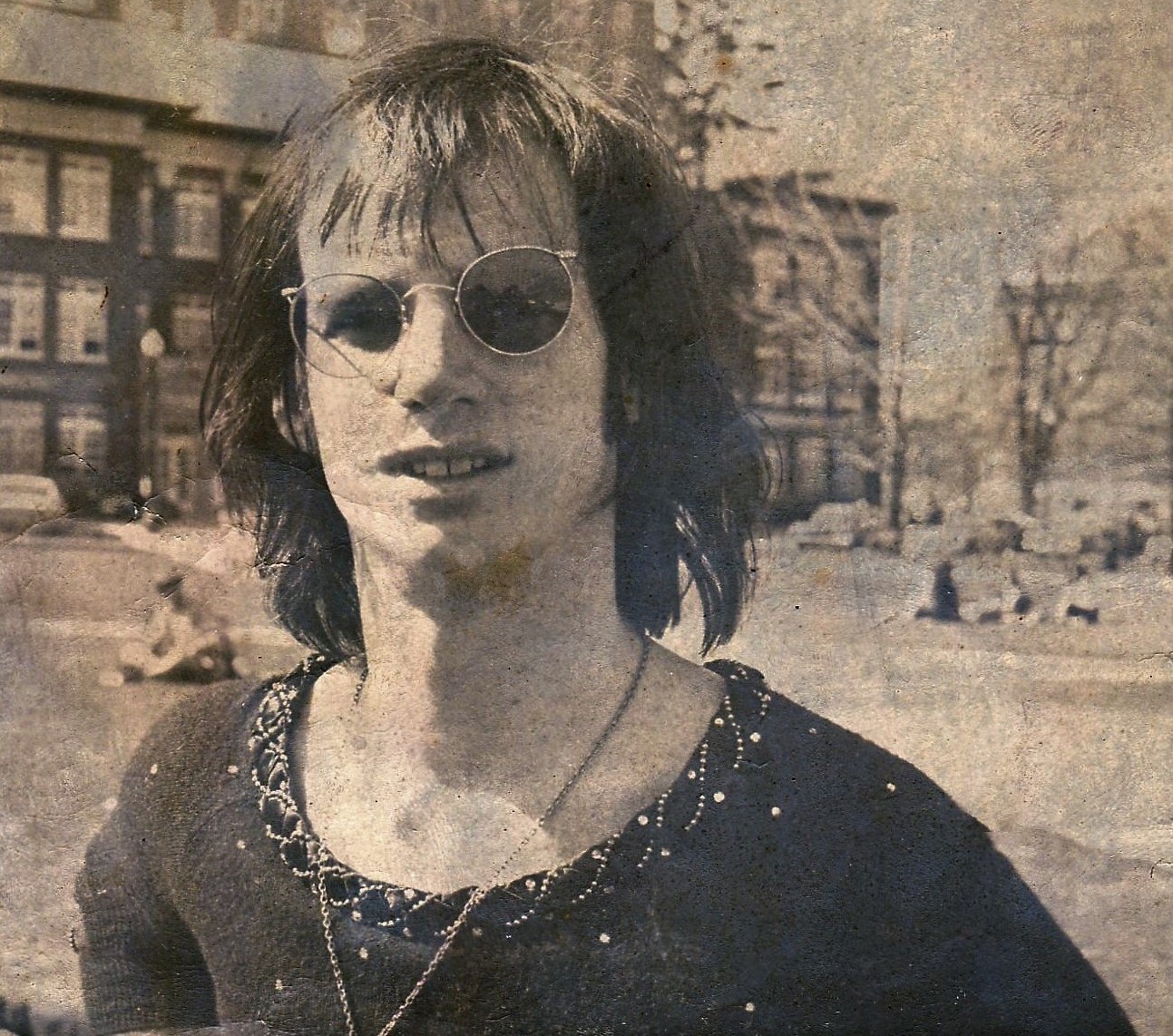
None of that came to be, as after I returned to Ohio in the fall and before going back east, Jinny called out of the blue and said she was getting on a plane to be with me. I dropped what I was doing and picked her up at the airport in Indianapolis on my way to a show in Chicago. My life headed in a new direction. We had to live in the camper on back of my truck and lay low for a while. I still played some clubs here and there, but having a family became my new focus.
As to the reissue which includes a bonus song not on the original album…
In 2018, I was contacted by Gary Farley of Third Eye Records in California. He had started a label, Feral Sounds Recordings and was looking to do 5 rare vinyl reissues. He wanted to know if I was interested in Infinite Companions being his second rerelease. He’s a great guy. Very honest, knowledgeable and dedicated to preserving vinyl. He enlightened me about the reviews and collectability the album had gathered over time, turning me on to the awesome Hans Pokora, “Fuzz, Acid and Flowers”, “That’s All Rite, Mama” and “Discogs” among others for reviews. He said that the production quality was really something for a remote studio, especially at that time and that he really liked the eclectic mix of songs, instruments and subject matter.
“Don still had the original reel to reel tapes!”
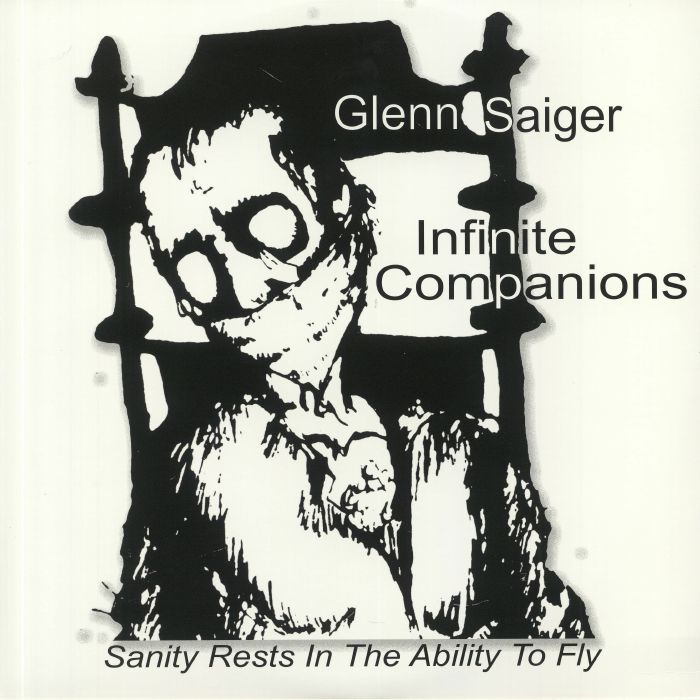
I tracked down Don, the original producer and he was very into the project. Don still had the original reel to reel tapes! Gary gave us a lot of freedom for the reissue. I rejected the first remaster from California. Don wanted to take have a shot at mastering the reissue himself from the original analog masters and did a great job. I told him I wanted the reissue jacket to be true to the original but immediately be seen as different. Don wanted a chance at that, too. He did a fabulous job on the jacket and labels. He ran everything by me for final editing tweaks and changes. We collaborated on the new insert.
Gary got us hooked up with historic Rainbo Records in Santa Monica, Ca. Infinite Companions is one of the very last records cut at Rainbo. Thanks to Rick Lepore and Jim Rasfeld at Rainbo Records for believing in this project. Also, thanks to David Cheppa at PlushVinyl and Jesse Miller at Sessions Recording Studio in Islamorada, Fl. for going through the recording with me several times on his amazing analog and digital equipment.
Are you still a musician?
I always picked the guitar up on a very irregular basis, but for years I lived in the Keys, built a successful business, sailed, fished and traveled and raised a family. Playing again now. Did a John Prine Tribute which I sent out to friends and put a copy on YouTube for anyone that missed it and wanted to take a listen.
Playing in a bedroom into a cell phone balanced on a candle is very different from a studio, but it’s our brave new world. I’ve been asked by a couple of small venues and a radio station to put a set together, so I’m working on a few covers and original songs. Still like to put dissimilar thoughts together – one song is a love song featuring “Custer’s Last Stand”.
Is there any unreleased material?
Just the remainder of a live solo concert that Don recorded in studio on a regular radio show he hosted.
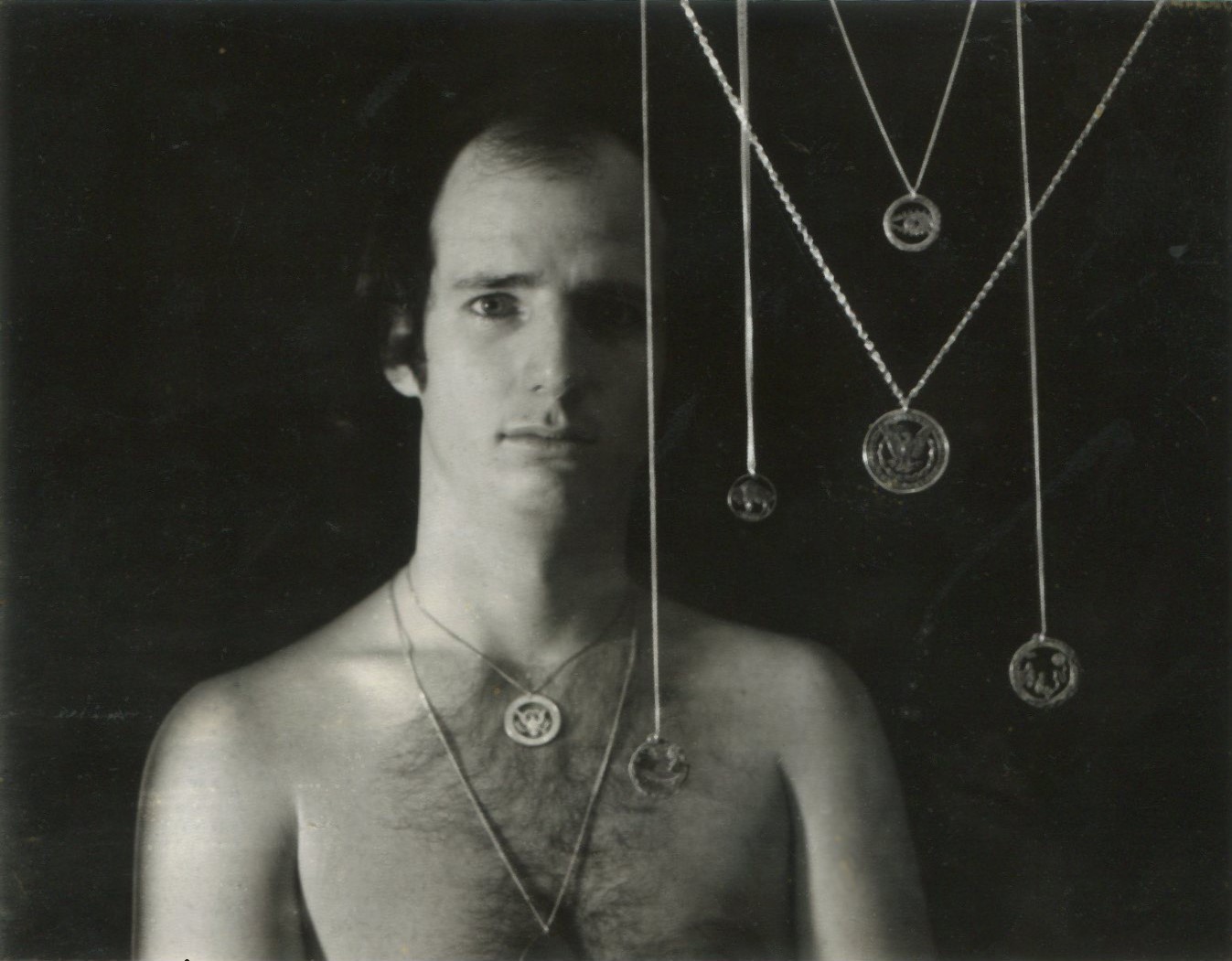
Thank you for taking your time. Last word is yours.
He whose laughs last, laughs last. Glenn Saiger
– Klemen Breznikar
Feral Sounds Recordings Official Website




I even learned a few things from this interview, and I’m his son.
very cool worth the read a nice bit of history to calm my day, thx Glenn and Jinny
We have known and love you two for soooo many years and early on had no idea we were in the company of such musical talent. We are now groopies!
What a story! Fun to meet you Glenn, and an honor to work on your guitars!